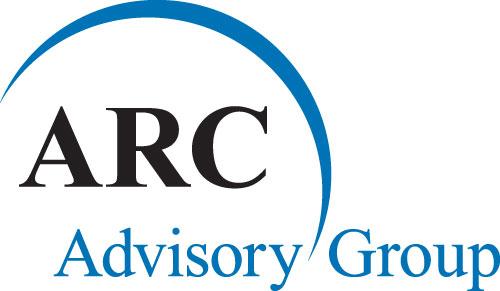ARC says it’s growing at 8.8 percent. What does that mean?
DEDHAM, Mass. – In a nascent market like the laser scanning market, there is a thirst for intelligence and raw numbers about overall size and rate of growth. Currently, only ARC Advisory Group has a thorough report on the market, put together by Ralph Rio, and covering what he divides into the short-, medium-, and long-range laser scanning markets.
Maybe you’ve seen the press release announcing its availability: “3D laser scanning market expected to grow 8.8 percent annually.” Perhaps that even had you shaking your head. Really? Only 8.8 percent growth for such a young market?
Well, first of all, that’s for everything, notes Rio in an interview with SPAR. That 8.8 percent covers everything from short-range scanning of parts for reverse engineering all the way to airborne lidar collected for flood plain mapping. And, second, you need to take into account Rio’s less-than-rosy outlook for the economy as a whole.
“I’m forecasting long-term continued austerity programs for government spending,” he said, “and that’s going to affect the long-range market significantly. So I’m not forecasting much growth there at all. But if you think just about the short-range and mid-range side, that will be higher than 8.8 percent.”
ARC isn’t about to give away the overall market size or market leadership positions – you’ll have to buy the report for that, and they won’t even tell this reporter how much it costs – but Rio was happy to talk about where the technology has really crossed over the divide into something approaching mainstream adoption.
Rio called the short-range laser portion of the market “the largest segment of the three, and with particularly high growth, due to replacement of older technologies and the expanding number of applications. You just get so much more data and accuracy as a result.”
He said article inspection is moving toward high adoption with good momentum, and other applications like assessing the quality of manufactured bent tubing is getting there. “In the past, they’ve been using mechanical gauging systems,” he said, “and with 3D laser scanning, they can replace a room filled with gauging systems.”
Another application he feels could be a real business segment, but hasn’t caught on yet, is the laser scanning of parts in need of replacement for rapid fabrication where either no CAD drawings exist or where 3D printing can supply a replacement faster than traditional means.
“I’ve only found two companies in that business,” Rio said. “One in Germany and one in Australia … [but]… I think that’s a business model that has real opportunity.”
In the mid-range space, what people would typically think of as the terrestrial laser scanning market, Rio sees quick-growing adoption of laser scanning for plant lifecycle management, both in assessing the status of plants for maintenance projects and for better and more efficient engineering of modifications and upgrades. He sees that as the largest share of the market, with smaller pockets of business in heritage preservation, forensic applications, and a bit of entertainment and gaming.
For those latter three, he wonders whether alternative technologies – everything from white light scanning to photogrammetry – might head off fast growth for laser scanning. He was relatively pessimistic about the number of police departments large enough to see a potential return on investment in a laser scanner and thought heritage and entertainment markets might turn to alternative technologies as they’re unlikely to need sub-millimeter accuracy.
What will drive the market, though, he said, are new software products that can drive project efficiency. “That might actually be the primary driver for market growth,” he said. “If you think of the total cost of a project, from scanning through getting it into CAD objects that are useful, software is driving lower labor spend from engineering, and when you have lower total cost, then you can afford to do more projects.”
Maybe the best indicator that the market is growing significantly, however, is that ARC has decided it will likely issue an annual report on the laser scanning marketplace, after initially publishing reports covering the 2008, 2010, and 2011 calendar years.
“When we did it in 2010, there was a lot of interest,” Rio said, “enough for us to want to do it again in a year. And we’ve already gotten a lot of interest in this report – we’ve already sold several – and judging from that demand, we’ll turn it into an annual report.”






